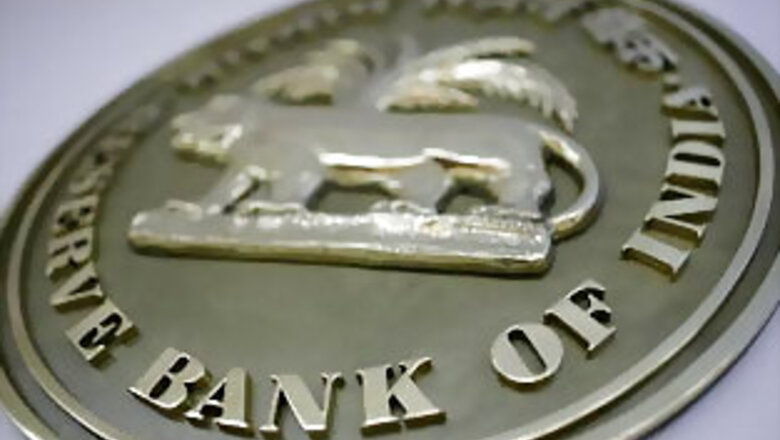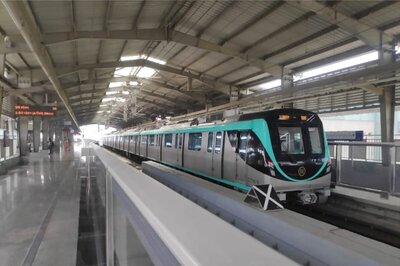
views
Mumbai: Concerned over creeping inflation, the central bank on Tuesday slightly tightened its monetary policy for this fiscal while retaining most policy rates, with signs of an industrial recovery providing the necessary cushion.
A hike of 100 basis points in the statutory liquidity ratio, while maintaining status quo on all other policy rates and reserve ratios were the key points of the half-yearly review of the policy conducted by Reserve Bank of India (RBI) Governor D Subbarao in Mumbai.
"As always, the Reserve Bank will endeavour to ensure price stability and anchor inflation expectations," Governor Subbarao told the chief executives of commercial banks at the central bank's headquarters here.
"It bears emphasis that the Reserve Bank is mindful of its fundamental commitment to price stability. It will continue to monitor the price situation in its entirety and will take measures as warranted by the evolving macroeconomic conditions swiftly and effectively."
The other highlights of the review include:
- Bank rate left unchanged at 6 percent
- Repurchase rate left unchanged at 4.75 percent
- Reverse repurchase rate left unchanged 3.25 percent
- Cash reserve ratio left unchanged at 5 percent
- Statutory liquidity ratio hiked to 25 percent from 24 percent
- Vigil on inflation trends to respond swiftly and effectively
- Monitor liquidity situation closely and manage it actively
- Maintain a regime of price and financial stability with support for growth
Sensing some possible tinkering with the reserve ratios, the sensitive index (Sensex) of the Bombay Stock Exchange (BSE) opened lower at 16,699.09 points Tuesday, against the previous close at 16,740.50 points and fell further to 16,586.30 points.
Soon after the policy was unveiled, the index was quoting at 16,654.7 points, with a loss of 85.8 points, or 0.51 percent, over the previous close.
Likewise, the broader 50-share S&P CNX Nifty of the National Stock Exchange was also ruling lower at 4,944.8 points, as against Monday's close at 4970.90, with a loss of 26.1 points, or 0.43 percent.
In the monetary policy for this fiscal unveiled April 21, both the repo rate and the reverse repo rate were cut by 25 points each, even as cash reserve ratio and the statutory liquidity ratio were left untouched at 5 percent and 24 percent, respectively.
The repo rate, currently at 4.75 percent, is the interest charged by the Reserve Bank on borrowings by the commercial banks. A hike in the same increases the cost of borrowings for commercial banks.
The reverse repo rate, currently at 3.25 percent, is the rate at which the central bank borrows money from commercial banks. A hike in this rate makes it more lucrative for banks to park funds with the central bank.
A hike in statutory liquidity ratio makes it mandatory for the banks to invest more funds in specified securities, against their deposits, and sucks away some liquid cash from the financial system.
Prior to April 21, the repo rate and the reverse repo rate were unexpectedly cut by 50 basis points to 5 percent and 3.5 percent, respectively, March 4 as part of the monetary stimulus to help the Indian economy face the challenges posed by the global meltdown.
This was preceded by a cut of 100 basis points each in the two policy rates Jan 2, even as the cash reserve ratio was reduced by 50 basis points.

















Comments
0 comment